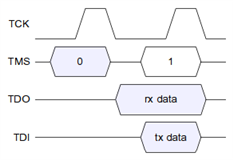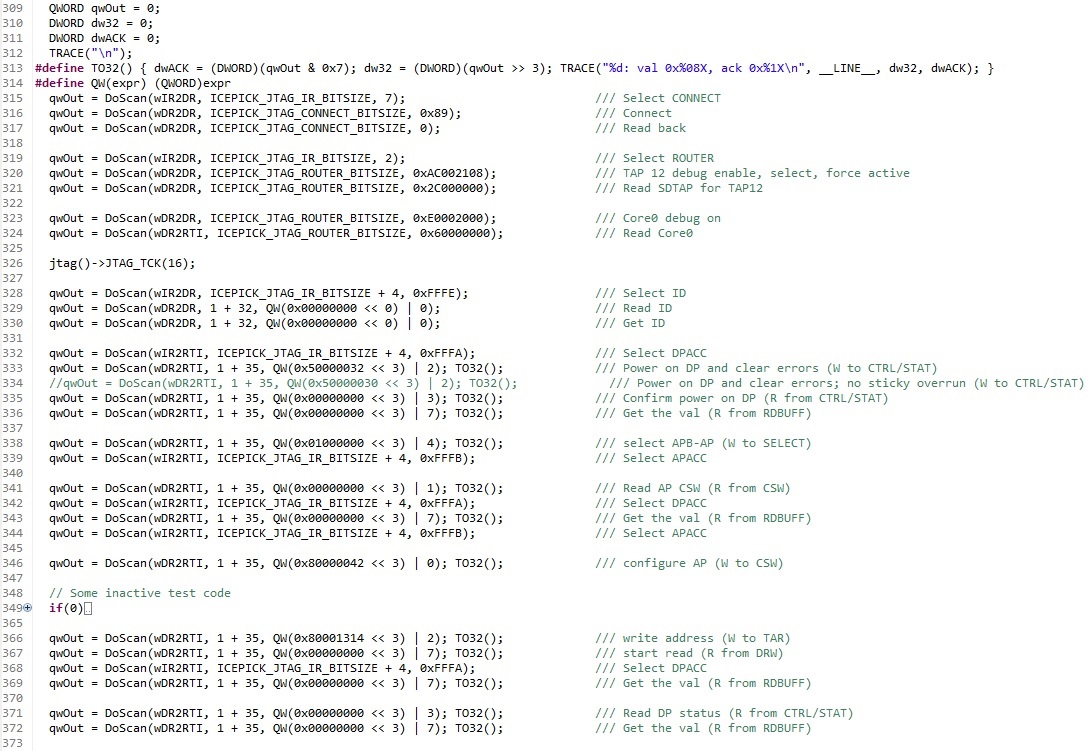I would like to know the following:
- What is the secondary TAP index in IcePick for CoreSight TAP? It was 3 on some OMAP devices.
- Memory map for CoreSight components? What are the addresses of System Debug, ETM, TPIU, ETB, etc.?
- Is ROM Table implemented at all?
- Is there an ETRM document for this devices?






